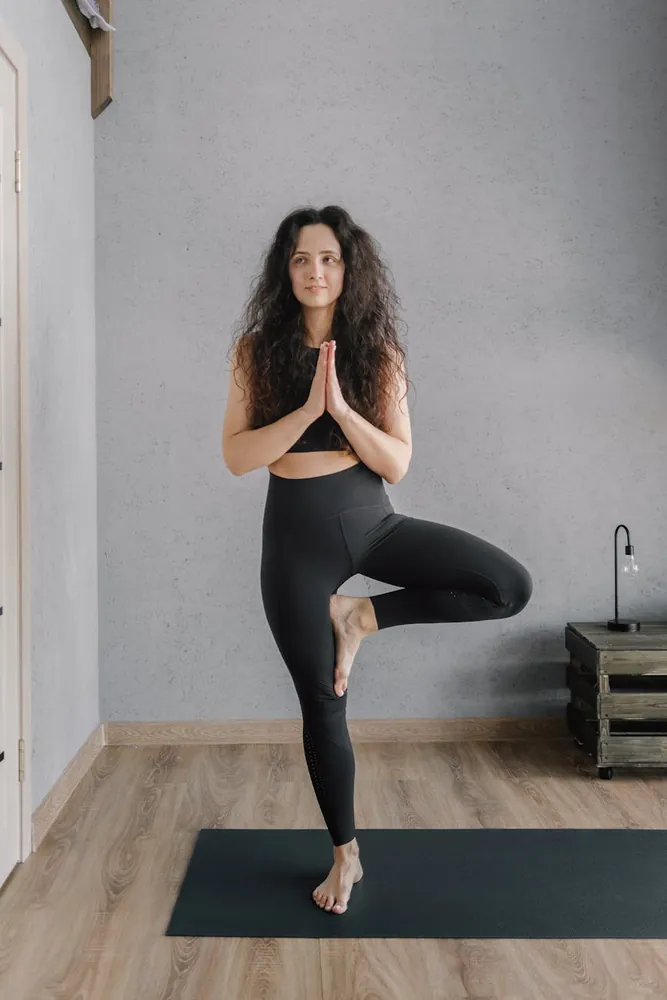Enhancing focus: top five breathing exercises for a calmer workday

Unlocking the Power of Breath for Workplace Calm
In today's fast-paced work environment, maintaining focus and managing stress are critical for productivity and overall well-being. While there are many strategies to enhance focus, one often overlooked tool is the power of breathing exercises. Breathing, a simple yet profound practice, can serve as a potent antidote to workplace stress. Let's delve into five effective breathing techniques that you can seamlessly integrate into your workday to cultivate calmness and concentration.
The Physiology of Breath: Why It Matters
Understanding the science behind breathing helps underscore its importance in stress management. When you're stressed, your sympathetic nervous system triggers the 'fight or flight' response, leading to shallow, rapid breathing. Conversely, deep, deliberate breaths engage the parasympathetic nervous system, which promotes relaxation and recovery.
By consciously manipulating your breath, you can shift your body from a state of stress to one of calm, paving the way for enhanced cognitive function and emotional stability. Breathing exercises can lower cortisol levels, reduce heart rate, and even improve focus by increasing oxygen supply to the brain.
Five Breathing Techniques to Practice at Work
1. Box Breathing
Box Breathing, also known as square breathing, is a technique used by Navy SEALs to stay calm and focused under pressure. This method involves inhaling, holding the breath, exhaling, and pausing again — each for a count of four.
- Find a quiet spot where you can sit comfortably with your back straight.
- Close your eyes and inhale deeply through your nose for a count of four.
- Hold your breath for another count of four.
- Exhale slowly through your mouth for four seconds.
- Pause and hold your breath again for four seconds before repeating the cycle.
Repeat this process for five minutes. You'll find that this rhythmic pattern not only calms your mind but also refocuses your attention on present tasks.
2. 4-7-8 Breathing
Developed by Dr. Andrew Weil, the 4-7-8 Breathing technique is based on ancient yogic practices and is ideal for quickly reducing anxiety and preparing for intense concentration.
- Sit in an upright position with your feet flat on the floor.
- Place the tip of your tongue against the ridge behind your upper front teeth throughout the exercise.
- Exhale completely through your mouth, making a whoosh sound.
- Close your mouth and inhale quietly through your nose for a count of four.
- Hold your breath for a count of seven.
- Exhale completely through your mouth, making a whoosh sound for a count of eight.
This pattern is considered one breath. Repeat the cycle three more times for a total of four breaths initially, then gradually increase as you become more comfortable with the technique.
3. Diaphragmatic Breathing
Diaphragmatic Breathing, or belly breathing, encourages full oxygen exchange — this means more oxygen enters and carbon dioxide exits efficiently. This method is excellent for maintaining stamina during long work hours.
- Sit or lie down in a comfortable position.
- Place one hand on your chest and the other on your abdomen.
- Breathe in slowly through your nose so that your stomach moves out against your hand. The hand on your chest should remain as still as possible.
- Tighten your stomach muscles as you exhale slowly through pursed lips.
Practicing diaphragmatic breathing for 10 minutes twice daily can have profound effects on reducing anxiety levels and boosting focus throughout your workday.
4. Nadi Shodhana (Alternate Nostril Breathing)
Nadi Shodhana, or Alternate Nostril Breathing, is a yogic practice aimed at harmonizing the left and right hemispheres of the brain, which is beneficial in balancing emotions and improving concentration.
- Sit comfortably with your spine straight and shoulders relaxed.
- Rest your left hand on your knee, palm open to the sky or in chin mudra (thumb and index finger gently touching).
- Close the right nostril with your right thumb and inhale deeply through the left nostril.
- Close the left nostril with your right ring finger so both nostrils are closed; hold your breath for a moment.
- Release your thumb from the right nostril while keeping the left nostril closed and exhale slowly through the right nostril.
This completes one cycle. Continue practicing for up to five minutes. Over time, alternate nostril breathing can help fine-tune your mental acuity and emotional resilience in stressful work situations.
5. Resonant Breathing (Coherent Breathing)
The goal of Resonant Breathing, also known as coherent breathing, is to breathe at a rate of five breaths per minute. This technique helps in achieving a state of equanimity by lowering stress hormones and creating balance between the heart rate and respiratory cycle.
- Sit comfortably with your spine erect and shoulders relaxed.
- Inhale gently through the nose while counting slowly to six.
- Exhale gently through the nose while counting slowly to six.
This continuous rhythm synchronizes physiological processes across different systems in the body, promoting inner peace and focus. Regular practice of resonant breathing before complex tasks at work can significantly boost cognitive performance.
A Practical Guide to Integrating Breathing Exercises into Your Routine
The key to benefiting from these techniques lies in consistent practice. Here are some practical tips to make these exercises a natural part of your daily routine:
- Create Reminders: Use reminders on your phone or computer to take short breaks every hour dedicated to one of these breathing exercises.
- Lunchtime Practice: Dedicate ten minutes of your lunch break to practice any breathing technique to recharge mid-day.
- Pre-Meeting Preparation: Use brief breathing exercises before meetings to clear mental fog and foster greater attentiveness during discussions.
By embedding these practices into your daily workflow, you'll experience not just a calmer workday but also increased efficiency and satisfaction with your tasks. Remember, the power of breath is at your fingertips—it's about taking that moment to harness it effectively.





